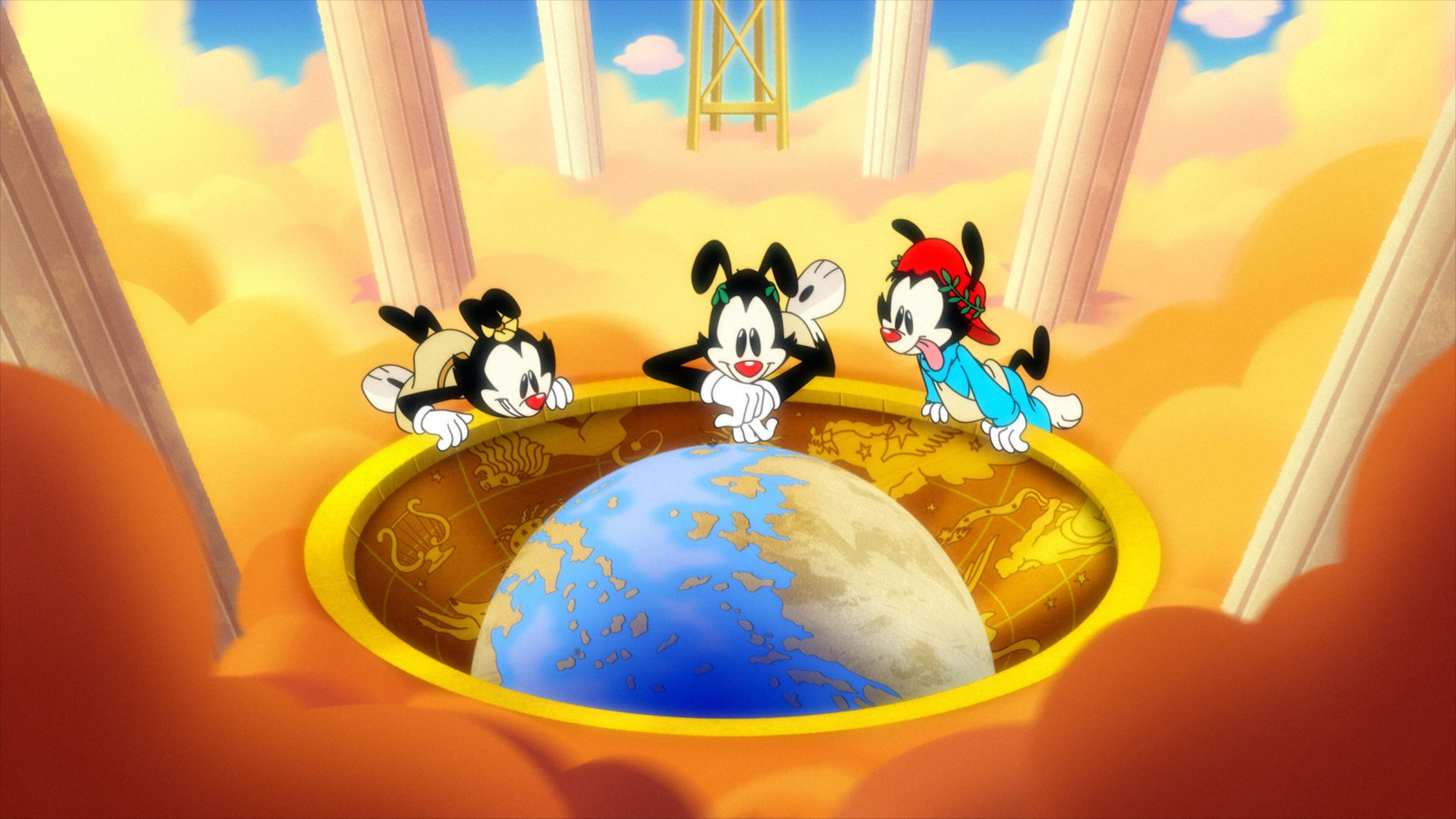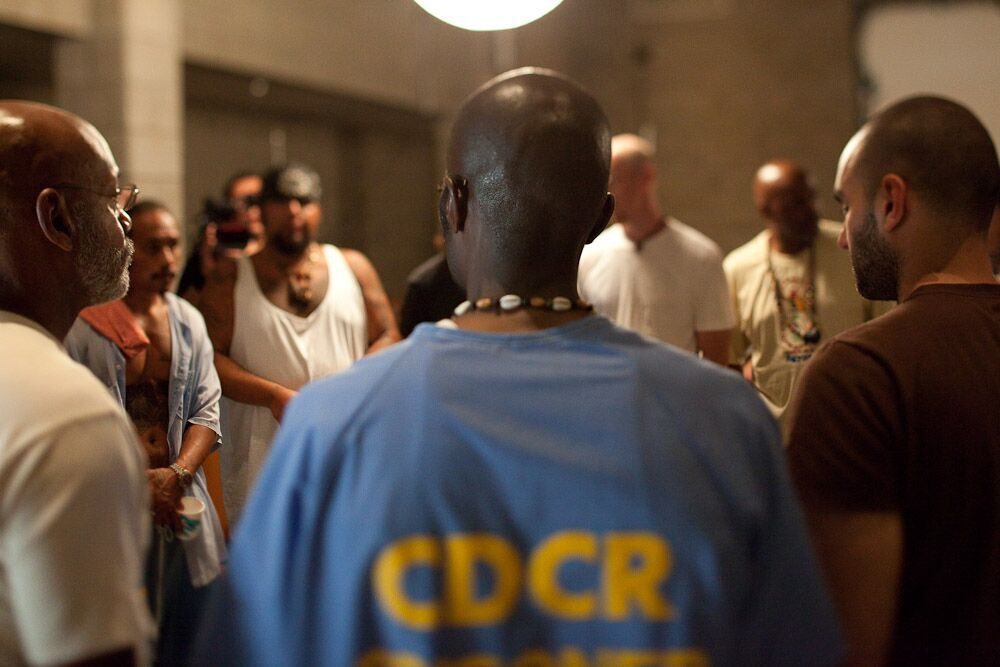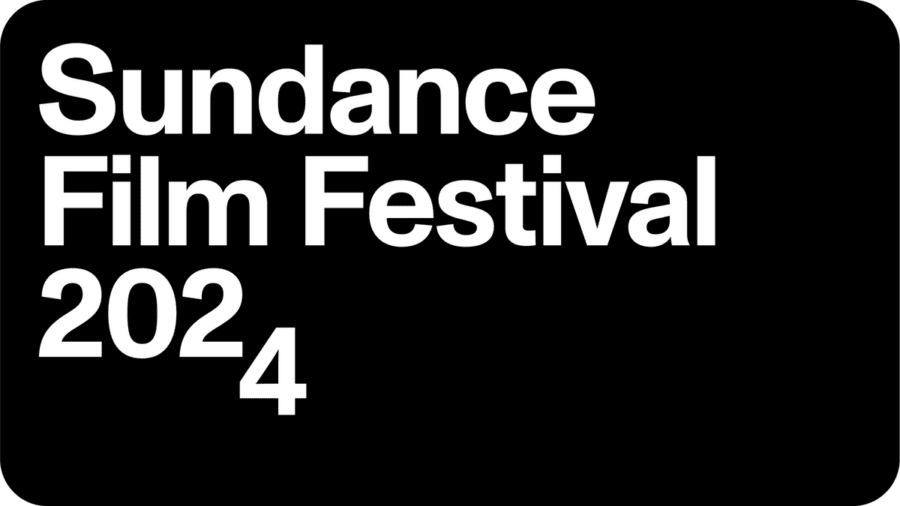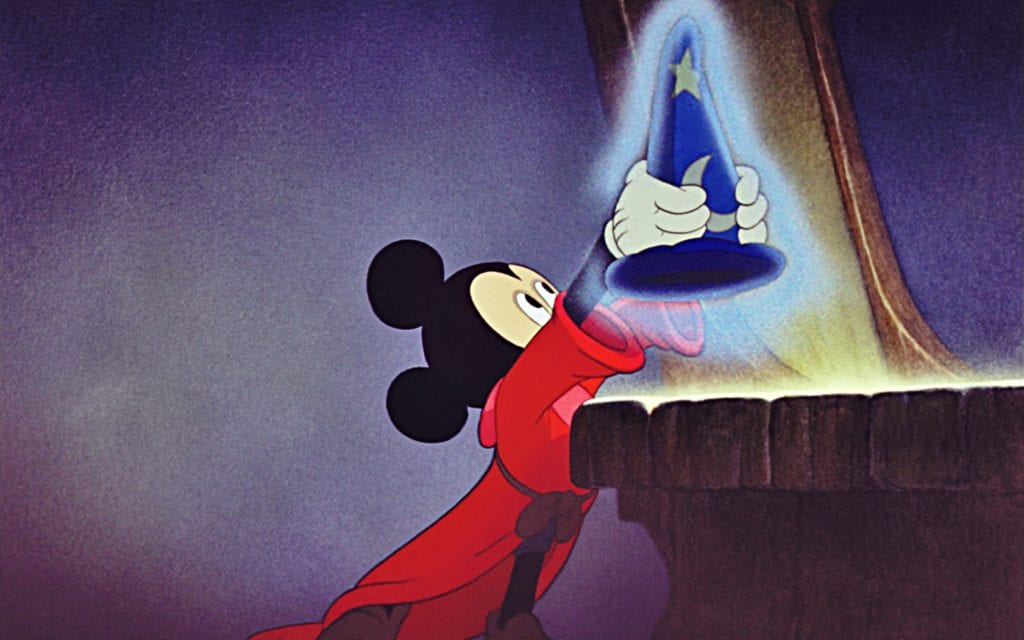
In a bold move, Walt Disney?s 3rd animated film is a mostly silent concert feature, with several animated shorts or segments inspired by and featuring the music of prominent classical composers such as Beethoven, Tchaikovsky and the like.? The movie is considered a high point in animation history and rightfully so.? However, I don?t want to talk about how the animation is brilliant, colorful, groundbreaking and a highlight of everything that makes Disney great.? Neither do I want to talk about how this is still one of my favorite Disney films and introduced me to the world of classical music at a young age, making me a lifetime fan.? I want to talk about a theme that has been on my mind these days and maybe on many of your minds too.? That is the theme of chaos.
There is a lot of chaos in the world today. We all know the events, so I won?t go into it here. One need only to turn on the news or even look at Facebook to immediately feel that sense of overwhelming chaos. There is a lot of chaos in ?Fantasia? as well. However, opposite to chaos is serenity, order, peace, hope even. Watching ?Fantasia? through that perspective, these thoughts have come to my mind and I want to break them down segment by segment.
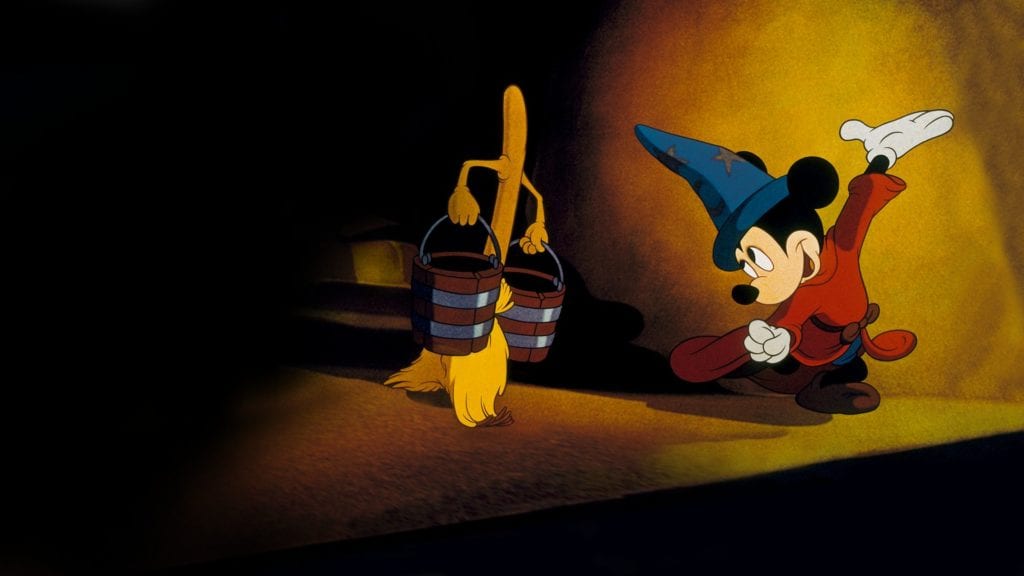
In the segment based on The Nutcracker Suite by Peter Tchaikovsky, we see the fairies of spring spreading the morning dew over the flowers and cobwebs of the field.? There is order and beauty to nature here, even as the fairies of fall come and turn the leaves to orange and gold, followed by the fairies of winter who cover the land in frost and snow.? The changing of seasons can be chaotic, as summer goes to autumn and the world seems dead in the heart of winter.? But there is order behind that chaos, as so beautifully illustrated here in the music and animation and in the fantasy idea that the fairies of the seasons are behind the scenes, orchestrating all of it.? Of course, we know Who is really orchestrating behind the scenes and that is what gives us hope, that winter will indeed turn into spring.
The most famous segment, ?The Sorcerer?s Apprentice?, tells the story of a young apprentice, played by Mickey Mouse, who, being lazy and not wanting to do his job of carrying buckets of water for his master, the sorcerer, decides to put on the sorcerer?s magic hat and use his magic to reanimate the broom to do his chores for him. Of course, the magic gets out of hand and Mickey finds himself in a chaos of his own making. There is a lesson here about meddling in things outside of your experience and not trying to find an easy way out of doing hard things. However, my thought here is this: once Mickey realized he was in a catastrophe, instead of turning to a higher power, here the sorcerer, to help him, instead he tried to fix things himself, which only made matters worse. In the midst of this catastrophe, I feel it is important to remember we cannot fix things by ourselves either. We must turn to the One with Authority to help us see it through. In the end, the sorcerer had to come down himself and make things right. We must also trust that eventually, He too will bring order to chaos, although, much like Mickey didn?t care for how it ended for him, it may not end in a way we like or expect, but we must also trust that He knows best.
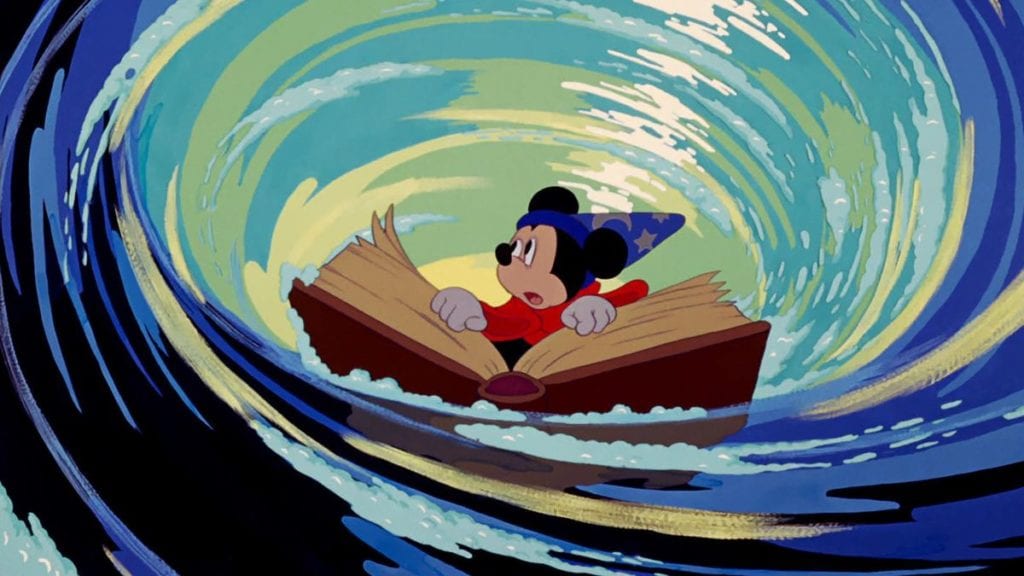
?The Rite of Spring? by Igor Stravinsky is a chaotic piece of music by itself and the story the animators chose to go with it is no less chaotic. It is the story of life itself, at least according to scientific theory back them. Don?t go looking for a Genesis account here, or even one that scientists today would even agree on, I think. The chaos here is all prehistoric, of exploding volcanos, massive earthquakes, tidal waves and behemoth dinosaurs roaming the earth. The world of then, as depicted here, is in constant upheaval, not unlike the world today. Change came swiftly then and with it a new calamity every day, so that survival itself became a challenge for those ancient creatures as they fought for resources, much like we humans seem to be battling for survival ourselves. When the stegosaurus faces down the fearsome tyrannosaurus in a fight to the death, I sympathized him, because it feels that we are also facing a looming danger that threatens us and with little hope, it seems, of rescue. There is no light at the end of this tunnel, as the end of this segment is rather bleak, what with the mass dinosaur extinction and all, but the comparisons of the world then to the world today are mainly what struck me here.
I won?t say much about the ?Dance of the Hours? segment. Presented as a rather straightforward ballet, but with the absurdity of ballet dances that are not typically thought of as graceful, such as ostriches, hippos, elephants and crocodiles. It is simply a delight and fun to watch. However, the segment based on Ludwig von Beethoven?s ?Pastorale Symphony? struck an interesting chord with me. Here we see creatures of Greek mythology going about their normal lives: a family of Pegasus teaches a young one how to fly (my favorite part). Male centaurs woo lovely female centaurs with the help of mischievous cupids. Jovial Bacchus cavorts while drinking copious amounts of wine. Then suddenly out of nowhere comes Zeus, hurtling thunderbolts at the merrymakers and causing quite a chaos that leaves everyone hiding in terror.
The thought came to me that not long ago, we were those centaurs and fawns and Pegasus, just going about our business and doing our day to day lives, when it seems like out of nowhere, this thunderbolt came down into our midst, bringing a storm in its wake. Sure, there were rumblings of this oncoming chaos, but it wasn?t until it was among us that we really saw it for the chaos it could bring. How grateful I am that ours is not a whimsical God, like Zeus, just throwing bolt after bolt for no reason and finding delight in our fear and confusion. He will not throw any lightning at us that we cannot handle, and He will be with us to help weather the storm, so when the sun comes out again, it will shine all the brighter.
The final segment of the movie has some of the darkest, most vivid and frightening animation ever put to film. ?Night on Bald Mountain?, with its fantastic score by Modest Mussorgsky, is a masterpiece of stark depiction of evil and Halloween-ish terror, in which the very Devil himself comes out of the mountain and summons all the ghosts and demons to revel with him. Then comes Schubert?s ?Ave Maria?, which follows directly after, when the bright bells of dawn drive the minions of the night back into hiding and many pilgrims holding candles walk a path to a sort of cathedral while the heavenly chorus plays throughout. It is a stunning depiction of the contrast of profane vs sacred.
Sometimes, it can feel like the Devil, chaos personified, is having his day, or rather, his night. This segment serves as a reminder that it is always darkest before the dawn. Dawn is coming and the Devil, who sows chaos, fear and destruction, will be and indeed already has been defeated. As the ?Ave Maria? lyrics say, we must embrace the Prince of Peace, and the hosts of darkness will fade and cower.
This is as theological as I will get when it comes to my look back at the world of Disney, but these are the thoughts I had while watching this movie and considering the events of the year so far. This is why I chose to share all my thoughts on these Disney movies in this series, because I love the positivity these films bring and the good messages and ideas that can still be found. I share them with you and hope you might find the same encouragement and inspiration in ?Fantasia? that I did.
#tbtReviews
